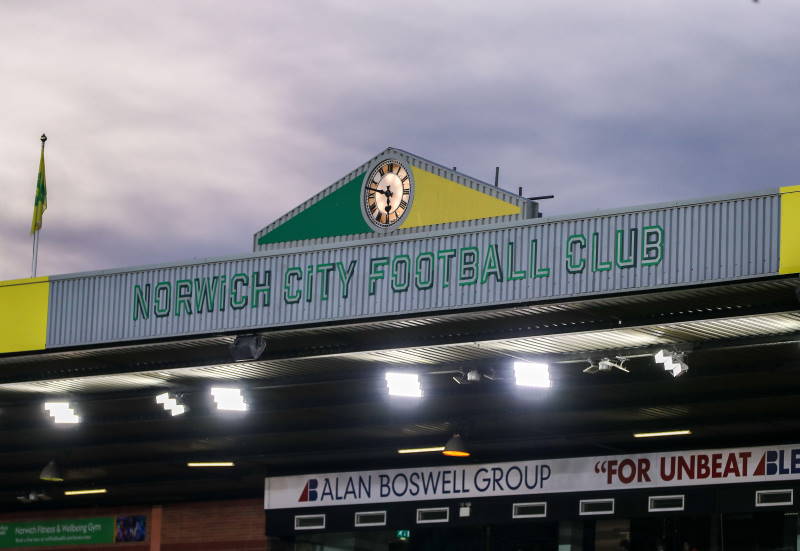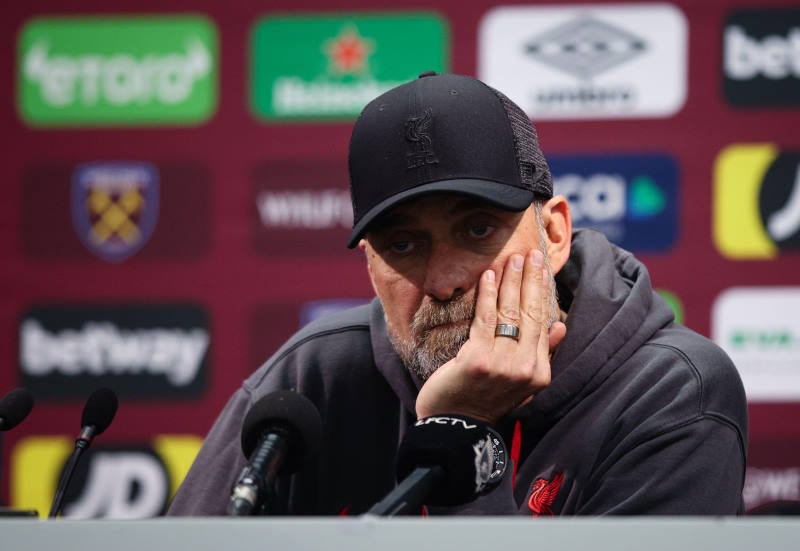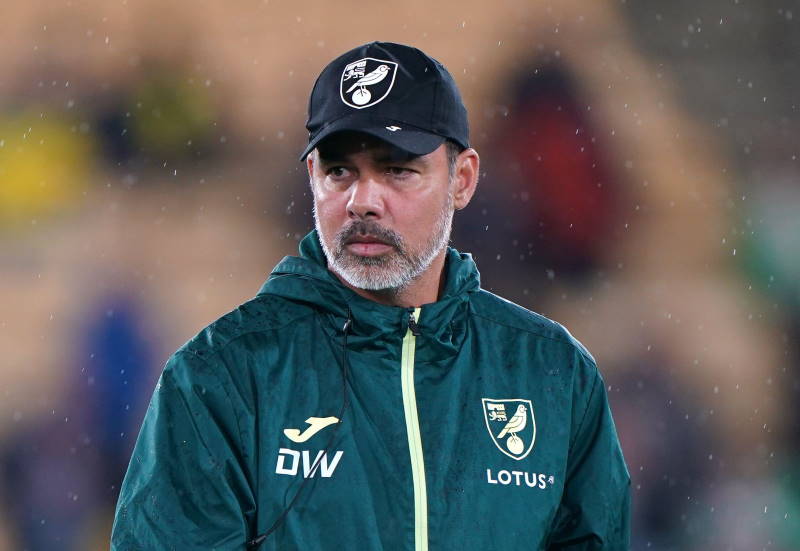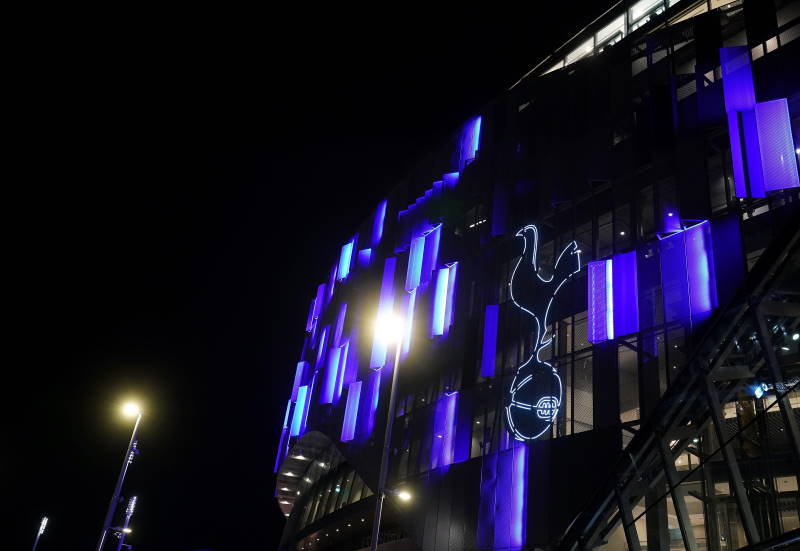
Paul Smith
Sporting coverage in South Wales is usually centred on Rugby Union, whether it’s regarding the national team or following the exploits of domestic teams in the Magners League and European competition. However, in recent months the column inches have been shared by the two largest football teams in the area. Perennial promotion contenders and 2008 FA Cup finalists Cardiff City are in the Championship promotion mix again. At the time of writing they are lying in fifth place, with which would come a berth in the playoffs.
Dave Jones’ side has pushed on from their glorious FA Cup run last season to put together another promotion charge. The squad assembled by Jones is a good mix of savvy lower league purchases such as Roger Johnson and acquisitions of players with Premier League experience such as Peter Whittingham. This is complimented by the natural goalscoring ability of Ross McCormack, resulting in a team which is able to play attractive football with a cutting edge.
Westwards, along the tarmac ribbon of the M4 motorway, their bitter rivals Swansea City are enjoying an impressive debut season in the Championship. As March began and the Welsh nation were celebrating St Davids Day, Swansea were looking good value for a playoff place themselves; however they have since drifted off the pace slightly. As a result it is looking increasingly likely that they will have to settle for a top half finish, something that should be considered an excellent achievement in a season in which finishing fourth from bottom would arguably have been viewed as good enough.
During the campaign The Swans have won many plaudits for their style of play under Spanish coach Roberto Martinez. The pace of loanee Nathan Dyer on the right and the trickery of Mark Gower on the left have caused many an opposition side countless problems this season. Up front their goal threat comes from Soca Warrior Jason Scotland who appears to improve every season, and seems destined to ply his trade in the Premier League one day.
In this season’s FA Cup, Premier League opposition have made the journey across the Severn Bridge with the threat of a giant killing very much a possibility. Cardiff City went toe-to-toe with Arsenal at Ninian Park before losing out to an Eduardo inspired Gunners in a replay at the Emirates Stadium. Swansea City dominated Fulham for long periods with their probing wing play at the Liberty Stadium before too being knocked out of the competition through a replay at Craven Cottage.
The Welsh duo would argue that they are well equipped to play Premier League football if they were able to achieve promotion. Cardiff City have the brand new Cardiff City Stadium waiting for them over the road from Ninian Park, which will be their home from the 2009/2010 season. Swansea City on the other hand have been playing at the impressive Liberty Stadium since 2005. Both stadiums would be worthy hosts to Premier League football, and the two clubs also possess a passionate and loyal fan base that would be sure to sell out every top flight game.
With both these Welsh sides looking onwards and upwards towards the promised land of the Premier League it’s easy to forget that the recent past hasn’t always been so kind. Cardiff have suffered from financial problems for a number of years and came close to going out of business during their historic 2008 FA Cup run, when a Swiss bank attempted to call in immediate payment of a £24M loan. The matter went to court and administration along with a 10 point reduction was a realistic outcome if the case had been lost. Thankfully for The Bluebirds it was not and the loan did not need to be repaid in full.
Swansea City also suffered financial difficulties at the start of the decade. In the 2002/03 season they finished twenty-first in the old Third Division, just three places above relegation to the Conference and non-league football. The move to the Liberty Stadium in 2005 gave The Swans new impetuous and the 2007 appointment of Roberto Martinez led to them playing the widely admired football which produced promotion to the Championship in May 2008.
The memory of the modern football fan would place both Cardiff City and Swansea City in England’s lower leagues. Therefore it’s worth highlighting that both clubs have had past periods of success. Cardiff were one of the top teams in the 1920s, winning the FA Cup in 1927 and therefore becoming the first and only team outside of England to win one of the three major domestic trophies. Swansea enjoyed a successful spell in the early 1980s when they gained promotion to the old First Division under player-manager John Toshack. In their promotion season they beat Manchester United at their former stadium the intimidating Vetch Field.
If either team were to achieve promotion to the Premier League they would need to face up to the huge task of being able to compete and stay in the top flight. Derby County have shown in recent seasons how quick can be the fall from grace after a successful season in the Championship. What both clubs have going for them is their passionate support. Even in new all-seater stadia they would be certain to create an intimidating atmosphere for visiting teams, much like that achieved by Stoke City fans at the Britannia Stadium this season. The two sides also like to play passing football, although West Bromwich Albion have shown that playing pretty football doesn’t necessarily mean you can compete in the Premier League.
When the dust settles in May on another enthralling season of Championship football both Cardiff City and Swansea City have reason to look forward to the future. Cardiff will be playing in their new stadium, and with a bit of luck could even be hosting Premier League football next season. The Bluebirds support will want to turn the new stadium into an intimidating cauldron very much mirroring current ground Ninian Park. Swansea City already play in their new stadium and Martinez and his coaching staff will now be aware they can compete in the Championship. The Spaniard’s side should be aiming for a playoff berth next season and it will be crucial for the Iberian tactician to hold on to players such as Jason Scotland over the summer. If both clubs are able to carry their momentum through to next season then Rugby Union and Football will be sharing the column inches in Wales once again.












